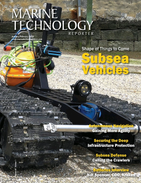Subsea engineering, construction and installation company, Subsea 7, has made use of acoustic and inertial navigation technologies from Sonardyne International Ltd. during a project to install flowlines, risers and subsea structures at a new deepwater field development in the Gulf of Mexico, due to commence production in 2016.
Fred Goodloe III, Project Surveyor for Subsea 7 worked closely with Sonardyne’s in-house Survey Support Group (SSG) to meet the complex positioning requirements of the project, together determining the optimum configuration of subsea, ROV and vessel-based equipment. For a low-risk, multifunctional and cost-effective solution, a combined acoustic and aided-inertial navigation approach was adopted comprised of Fusion 6G LBL (Long BaseLine) and SPRINT inertial navigation technologies.
For the installation of the flowlines and structures, a high precision seabed array of Sonardyne Compatt 6 transponders was deployed. The SSG assisted Subsea 7 in designing the array, optimizing array geometry and modeling acoustic ray bending paths to ensure the design produced a robust array that met the stringent positioning tolerances required and offered sufficient redundancy in acoustic observations.
The work identified that the quantity of transponders needed for the project could be reduced through the use of Sonardyne’s inertial navigation sensor, SPRINT, installed on the survey team’s ROV which was being used for touchdown monitoring. SPRINT makes optimal use of acoustic aiding data from acoustic USBL and LBL positioning systems and other sensors such as Doppler Velocity Log (DVL) and pressure sensors to improve position accuracy, precision reliability and integrity for subsea vehicles.
The use of SPRINT by Subsea 7 during the project allowed a tightly coupled range aided solution to be derived whilst the decrease in the quantity of Compatts, meant that there was a reduction in vessel time required for the installation, calibration and recovery of the array.
John Brader, Survey Manager for Subsea 7 said, “The positive results we’ve seen during this project and also previously during our work on the NaKika field, have demonstrated SPRINT is able to extend the operating limits of our vessels’ USBL tracking systems and improve the operational efficiency of LBL without compromising positioning integrity. The planning work we carried out with Sonardyne’s SSG team ahead of mobilizing for the job meant that when we arrived on location, we were able to get straight to work.”
• 
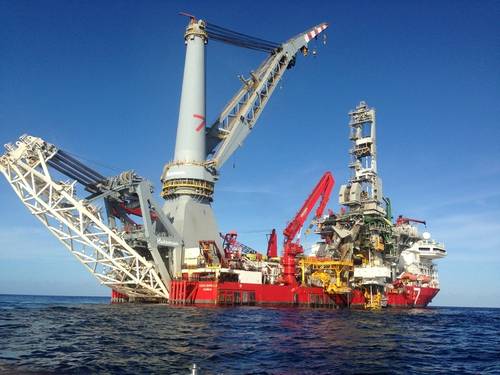



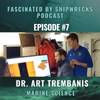
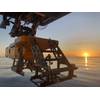
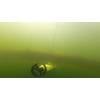





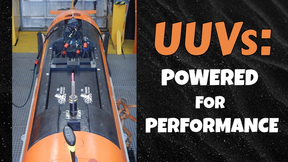
 December 2024
December 2024


